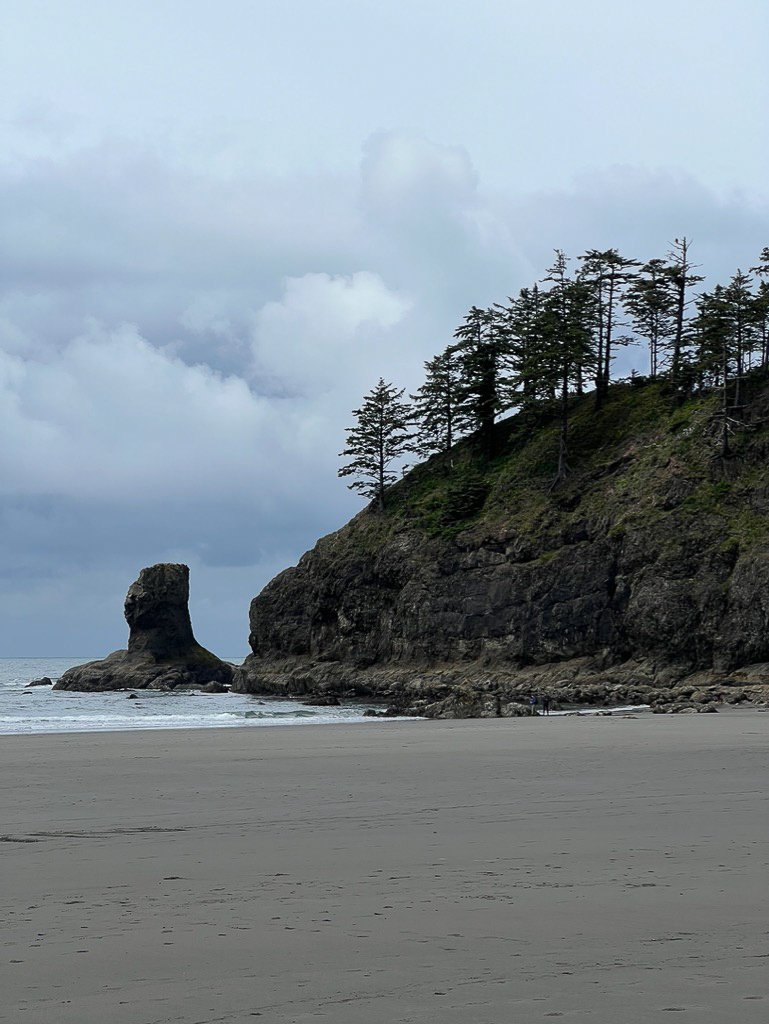Washington's Olympic Peninsula: A Hub of Real Vampire Legends
Forks, Washington.
Forks, Washington, is a small town renowned not only for its timber industry but also as a hub for the lore of real vampires.
As this article explores the Olympic Peninsula's rich tapestry of vampire myths, including the historical, cultural, and literary threads that have woven this unique folklore, it will also touch on how many vampires are left in the imagination and reality of those who visit or dwell in the Peninsula. From the natural allure of the region to the real locations that inspired tales of the undead, this piece examines the intertwining of fiction and reality, and the impact of vampire tourism on the local community and beyond.
The Origins of Vampire Myths in the Olympic Peninsula
The origins of vampire myths in the Olympic Peninsula are deeply rooted in both indigenous and European influences, reflecting a rich tapestry of folklore.
Indigenous and European Folklore:
The Quileute and Hoh tribes of the Olympic Peninsula have unique vampire-like legends, such as the Chenoo or Wendigo and the Dzunuk'wa, respectively, which depict creatures with vampiric qualities 2.
European settlers introduced their vampire folklore upon arriving in the region, which melded with the existing native stories, creating a hybrid of mythologies 2.
Medical Conditions Influencing Myths:
Porphyria, a real medical condition affecting blood production, exhibits symptoms eerily similar to those of mythical vampires, such as sensitivity to sunlight and receding gums that mimic fangs.
Historical vampire myths, especially among Eastern European nobility, were often ways to explain visible symptoms of diseases like porphyria before modern medical science provided better understanding 3.
Historical and Cultural Roots of Vampire Tales in the Region
Exploring the rich folklore of the Olympic Peninsula, the indigenous have contributed significantly to the vampire legends that permeate the region:
Quileute Tribe Legends:
The Quileute tribe narrates the tale of the "cold ones," enigmatic shape-shifting entities believed to transform into wolves.
Hoh Tribe Folklore:
Similarly, the Hoh tribe's folklore introduces the "dry-bloods," a unique kind of vampire characterized by their fluctuating strength—feeble during the day and formidable at night.
Olympic National Park
Real Locations Behind the Myths
Forks, Washington, serves as a pivotal real-world setting for the vampire myths popularized by the Twilight saga. This small town, known for its significant annual rainfall of up to 10 feet, has embraced its role in vampire folklore, transforming into a tourist hub for fans of the series. The Forks Visitor Center aids visitors by providing maps pinpointing key locations from the Twilight series, enhancing the experience of exploring Bella, Jacob, and the Cullen’s fictional homes.
Twilight-Themed Attractions:
Forever Twilight in Forks Collection: Located in the Rainforest Arts Center, this collection boasts movie props, fan art, and other Twilight saga artifacts, attracting fans eager to immerse themselves in the vampire-themed universe.
Sully's Drive-In: A must-visit for fans, offering the Bella Burger and Twilight Punch, this diner capitalizes on the saga's popularity, providing a thematic dining experience.
Self-Guided Tour Maps: Available at the Visitor Information Center, these maps guide tourists to various significant locations from the Twilight series, allowing fans to explore at their own pace.
Impact on Local Economy:
The influx of tourists has led to the establishment of Twilight-themed businesses, including the "Forever Twilight in Forks" museum, which opened its doors in 2009 2. This museum, along with other attractions, has significantly contributed to the local economy, drawing visitors worldwide and revitalizing the town 17.
Vampire Tourism and Its Impact
Economic Transformation and Community Impact:
The Twilight saga has been a significant economic driver for Forks, with the town experiencing a substantial increase in visitors from 5,600 in 2005 to approximately 41,000 in 2017, and a peak of 70,000 in 2009 172. This influx has led to a 35% increase in the town's revenue, revitalizing its economy 2.
Local businesses have capitalized on the Twilight fame, with many offering themed food and merchandise, contributing to a sustained economic boost. The Forks Chamber of Commerce reported that 80% of visitors in 2011 were Twilight fans, highlighting the series' significant impact on tourism.
Cultural and Environmental Influence:
The Twilight series has not only affected the economy but also the cultural identity of Forks. The town has embraced its association with the vampire lore, integrating Twilight into its community and history. This integration is evident in annual events like the Forever Twilight in Forks festival, which has adapted to an online format during the pandemic.
Additionally, the popularity of the series has been leveraged for environmental conservation efforts by organizations like The Nature Conservancy, which uses the series' popularity to promote forest conservation in the region 20.
Impact on Indigenous Communities:
The Quileute tribe, located near Forks, has experienced mixed effects from their portrayal in the Twilight series. While the series has brought attention to the tribe, it has also led to misrepresentations of their traditional legends 20. However, the increased visibility has supported significant achievements like the successful land transfer agreement in 2012, benefiting the tribe's sovereignty and land rights.





